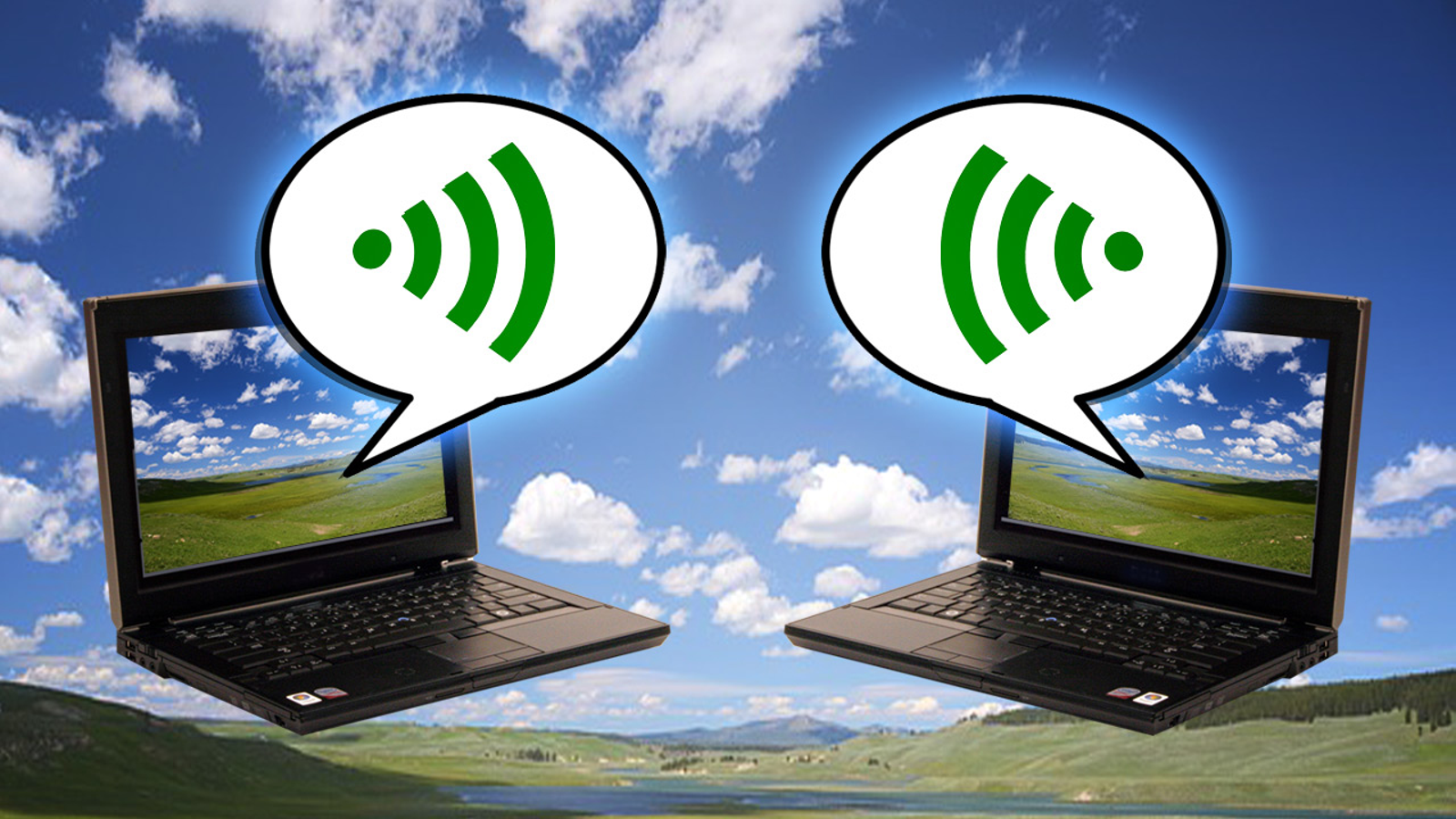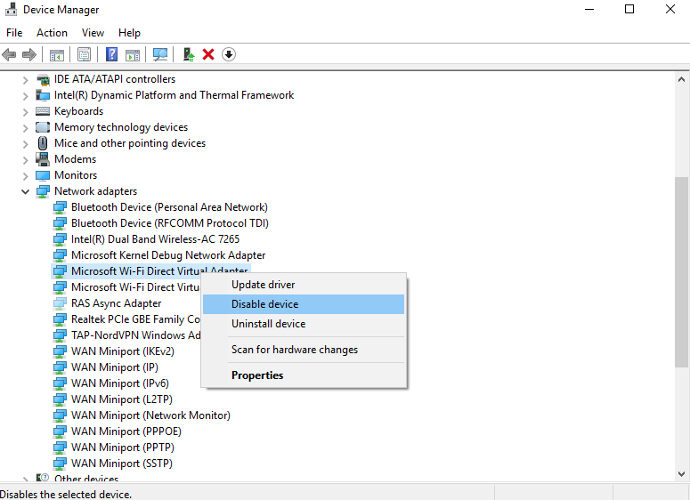
Without Wi-Fi Direct, devices would need to share information through an access point such as a router or over the internet. Even with these extra steps, this kind of connectivity offers a variety of advantages in a business setting. For security purposes to this functionality, many connections require the input of a PIN or require you to scan a QR code for a wi-fi protected setup. Some devices can connect automatically, while others require pushing a button on the device before file-sharing or file transfer.

Gamers can connect to share an experience on their personal devices or iPhones, or an individual can cast their device onto a television, allowing anyone in the room to see a real-time projection of what’s visible on the device screen. Once this connection is established, data can be instantly shared between nearby devices, even when there’s no network connection available.Ĭonnections through Wi-Fi Direct can vary depending on the application. Other devices then connect to this original device using WPS and WPA/WPA2 protocols. Instead, when a connection is made, one device acts as the access point or hotspot. Wi-Fi Direct doesn’t require a centralized network or wireless router to share information between devices. This makes Wi-Fi Direct the superior choice for business applications that require data sharing between devices.
#Wi fi direct file transfer android
In the right setting, Wi-Fi Direct can transfer data at a rate 10 times faster than traditional Bluetooth on your android device.

Although Wi-Fi Direct offers a similar connection, it’s also significantly more powerful than Bluetooth, able to handle a higher data volume at a faster rate. When most people think of device-to-device connections, Bluetooth comes to mind. Through Wi-Fi Direct, devices have the ability to bypass this process and connect to each other directly. Standard Wireless network connections allow devices to receive information through an access point.


 0 kommentar(er)
0 kommentar(er)
